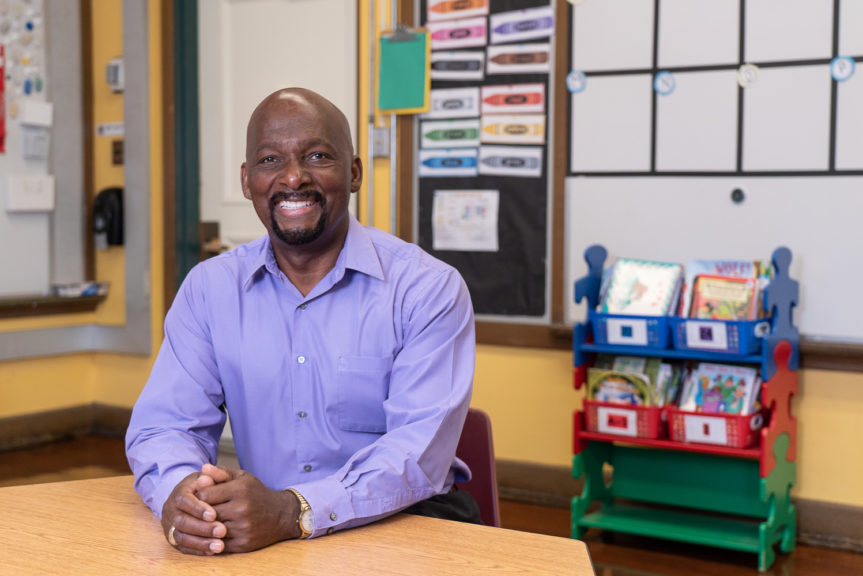A guest post from Dr. Clif Thompson, 5th Grade teacher at King Elementary School in Richmond and Candidate for Oakland School Board, District 7.
After 25 years in school administration, four years ago I decided to return to my passion, classroom teaching, particularly teaching literacy. Elementary literacy is a gatekeeper for Black and Brown students and I know they can read and write at high levels. In my 20 years in the classroom, my students always out-performed the State, no matter the demographics of the class. Last year by the end of first semester, my students (23% African Americans, 73% Latinx, and 66% EL) had made an average gain of one year in reading. They were well on the way to meeting my expectations for the year. What I did not know is that they were also well on the way to being prepared to transition to the unexpected world of distance learning.
When I returned to classroom teaching, I combined the best of what I had always known about teaching literacy with use of the many technology supports that had emerged while I was in administration. I always knew that independent reading in books of interest was critical to develop both reading and writing skills. However, I no longer had a classroom library extensive enough to support this. And I totally lacked reading materials appropriate for 5th grade newcomers. I turned to online resources to help.
I also knew the importance of individual and small group instruction in providing intense student-teacher time. Again, technology allowed me to have meaningful online literacy lessons for students doing independent work so that I could focus on guided instruction. Some of these online lessons met my students’ literacy needs in a different way. They provided direct instruction in phonics and other foundational skills that my struggling readers and writers needed. They could be tailored for English Learners and for special education students. The software programs of Imagine Learning, EPIC, Rivet, and Renaissance Learning were all part of my online toolkit helping me meet the needs of each and every student.
What I did not know as I did this was that I was also preparing my students to successfully transition to the world of distance learning. All of my students knew how to use technology and were proficient with all of these tools. When COVID hit, they were able to pick up where we left off. While Zoom has many drawbacks, they were able to continue with their independent work while I worked with small groups. Using Zoom, they were able to let me know when they were ready for the next step or needed assistance.
Because they were familiar with technology, I was able to maintain these regular routines as well as my daily affirmations and full-class activities and easily transition between them. From the students’ point of view, it was the same combination of high expectations, my personal support for doing their best and for taking on the next challenge, and consistent daily classroom and lesson structures. I have tried to have the class, and especially the literacy instruction, feel as much the same before and during COVID and will use these same strategies to transition to the hybrid world we hope to move to later this year. I have always believed literacy was the critical route to access. I now believe that in our ever-changing world, technology is also critical to making sure all students have access to both literacy and larger academic success.
We welcome guest posts from any and all candidates

